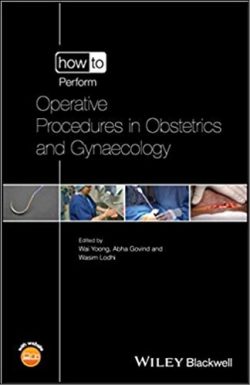This book addresses various aspects of male reproduction ranging from mind to testis. The basis of maleness lies in the Y chromosome. Reproductive functions depend upon the development of male organs from embryo to manhood. Testis, the male gonad, produces hormones and sperms; the latter is ejaculated in semen secreted by accessory sex glands. The testicular events are under neuroendocrine regulation which coordinates reproductive life from puberty to andropause.
Chapter 1. The Human Y Chromosome.- Chapter 2. Development of Gonads and Accessory Sex Glands.- Chapter 3. The Testis.- Chapter 4.- Prostate.- Chapter 5. Seminal Vesicles.- Chapter 6. Genital Ducts & Other Accessory Sex Glands.- Chapter 7. Neurovascular Supply and Lymphatic Drainage of Male Reproductive Organs.- Chapter 8.- Hypothalamo-Hypophyseal Testicular Axis.- Chapter 9. Testicular Hormones.- Chapter 10. Spermatogenesis. Chapter 11.- The Human Semen. Chapter 12.- The Basis of Sperm Function Tests.- Chapter 13.- Male Puberty.- Chapter 14.- Male Sexual Function. Chapter 15.- Brain Areas Regulating Behavior.- Chapter 16. Neural Pathways of Behavior.- Chapter 17. Brain Sexual Dimorphism.- Chapter 18. Immunology of Male Reproductive System.- Chapter 19. Male Ageing and Andropause.- Chapter 20. Primary Testicular Failure.- Chapter 21. Biology of Male Hermaphrodite and Intersex.- Chapter 22. Thyroid and Male Reproduction.- Chapter 23. Metabolic Disorders and Male Reproduction.- Chapter 24. Gynecomastia.- Chapter 25. Male Contraception and Endocrine Disrupters Professor Anand Kumar (MD, FAMS), has been the Head of the Department of Reproductive Biology at All India Institute of Medical Sciences (AIIMS), New Delhi. He was a postdoctoral fellow at the University of Hamburg and WHO fellow at the University of Bonn. He was a visiting professor at the University of Hamburg and the University of Science, Malaysia. He has over 100 research publications and several books to his name.
This book addresses various aspects of male reproduction ranging from mind to testis. The basis of maleness lies in the Y chromosome. Reproductive functions depend upon the development of male organs from embryo to manhood. Testis, the male gonad, produces hormones and sperms; the latter is ejaculated in semen secreted by accessory sex glands. The testicular events are under neuroendocrine regulation which coordinates reproductive life from puberty to andropause.
This book will serve basic medical scientists, urologists, nephrologists, surgeons, andrologists, endocrinologists, gynaecologists, nurses, councellors and also the students of biological sciences who want to study reproduction in human male. The language is kept simple so that an inquisitive person with a background of biology too may read it.





